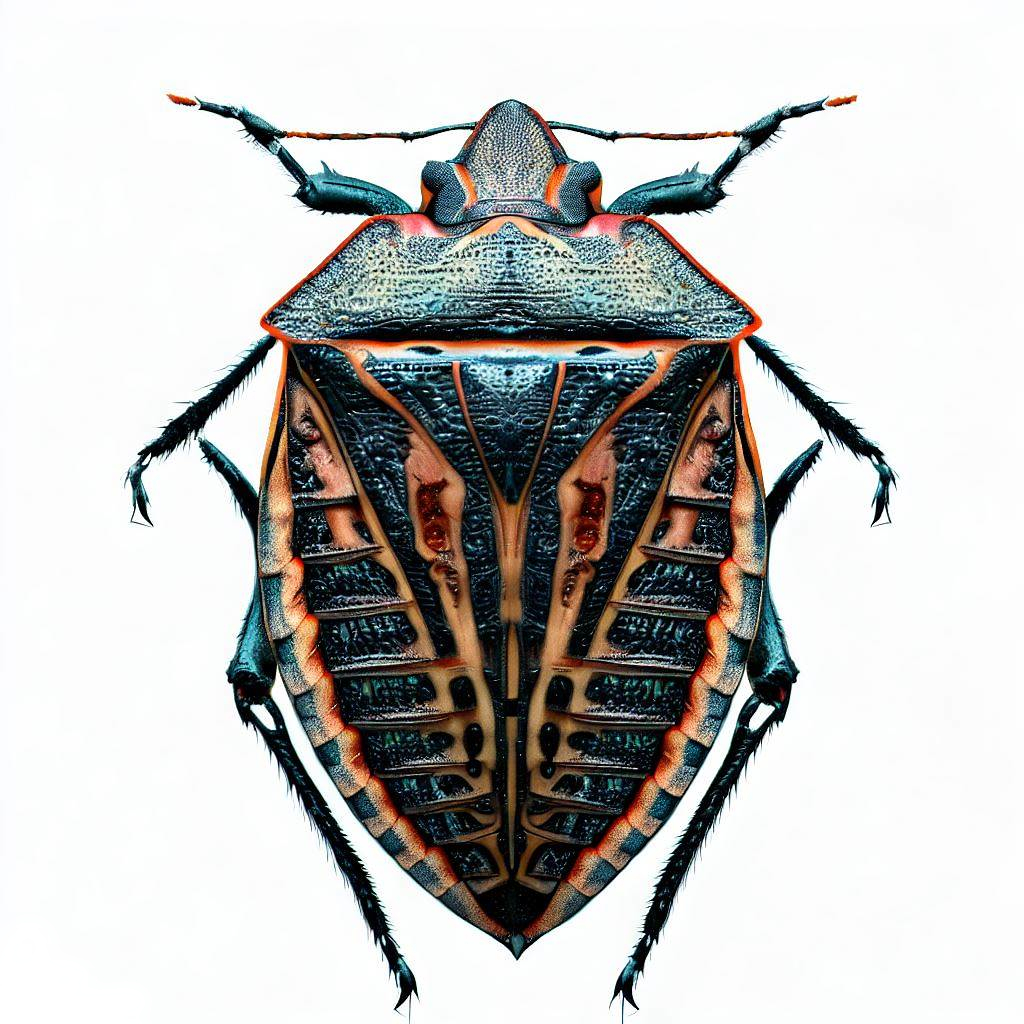
ECO-FRIENDLY PEST CONTROL INC.
Sun - Thur: 8AM - 8PM

Sun - Thur: 8AM - 8PM

Stink bugs, scientifically known as Pentatomidae, are a group of insects known for their distinct odor and remarkable adaptability. Although they may not be the most glamorous creatures, they have captured the curiosity of many due to their intriguing life cycle, diverse habits, and their impact on agricultural ecosystems. In this comprehensive article, we will explore the fascinating world of stink bugs and shed light on their life and habits.
Stink bugs undergo a simple metamorphosis, consisting of three main stages: egg, nymph, and adult.
1. Egg Stage: Female stink bugs deposit clusters of eggs on the undersides of leaves or stems. These eggs are usually barrel-shaped and can vary in color depending on the species. The number of eggs per cluster can range from a few to several dozen.
2. Nymph Stage: Once the eggs hatch, nymphs emerge. Nymphs resemble miniature versions of adult stink bugs but lack wings and have underdeveloped reproductive organs. They undergo a series of molts, shedding their exoskeletons as they grow. Each molt reveals a larger and more developed nymph until they reach adulthood.
3. Adult Stage: Adult stink bugs have fully developed wings, a shield-shaped body, and a characteristic scent gland that emits a pungent odor when threatened or disturbed. They possess a proboscis used for piercing plant tissues and sucking out fluids. Stink bugs typically have a lifespan of several months.
Stink bugs are fascinating creatures with a variety of interesting habits. Here are some key habits of stink bugs:
In summary, stink bugs are intriguing insects with unique life cycles and adaptive habits. While they can be a nuisance and a challenge for agricultural industries, their presence and ecological role cannot be overlooked. Understanding their life and habits is essential for effective pest management strategies and fostering harmonious coexistence with these curious creatures.